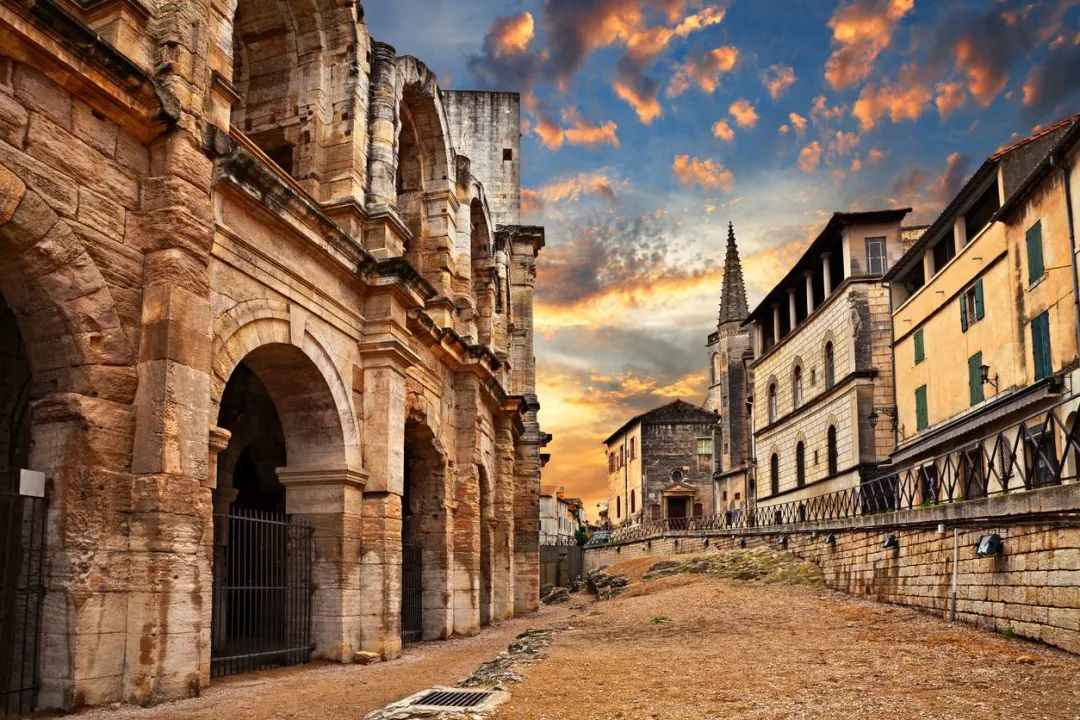Nestled in the sun-drenched Provence region of France, Arles is a 2,100-year-old city where Roman heritage and Van Gogh’s artistic legacy converge. Designated a UNESCO World Heritage Site, it boasts impeccably preserved Roman amphitheaters, theaters, and the Basilica of Saint-Trophime, alongside over 300 masterpieces created by Vincent van Gogh during his transformative stay.
Founded as a Roman military colony in 123 BCE, Arles thrived under imperial rule, leaving behind iconic structures like the 1st-century AD Amphitheatre (built in 90 AD) and the Theater of Ancient Arles, which once seated 8,000 spectators. These arenas still host bullfights, concerts, and festivals today, blending history with modern entertainment. In 1981, seven Roman and Romanesque monuments, including the Amphitheatre and Basilica, were inscribed on the UNESCO list, cementing Arles’ status as "Little Rome of Gaul".
From February 1888 to May 1889, Arles became Van Gogh’s artistic crucible. His Yellow House residence, the Café de Nuit (now Café Van Gogh), and the starry skies over the Rhône River inspired masterpieces like The Starry Night Over the Rhône and The Night Café. Despite local residents’ petitions to confine the troubled artist, his vivid depictions of Arles’ light and landscapes turned the city into a global pilgrimage site for art lovers.
Today, Arles bridges antiquity with innovation. The 56th Rencontres d’Arles Photography Festival (July 2025), themed "Disobedient Images," showcases 160 artists’ works across 26 venues, exploring photography’s role in social change. The Luma Foundation, housed in a Frank Gehry-designed complex, adds a contemporary flair with immersive art installations, while the Roman Amphitheatre continues to host events that draw millions annually.
Wandering Arles’ cobblestone streets, visitors encounter a tapestry of history: the Amphitheatre’s imposing arches, the Basilica’s intricate Romanesque carvings, and Van Gogh’s painted wheat fields. As the artist himself noted, "The color yellow comes from Arles, from its brilliant golden sunlight." From Roman legions to modern creatives, Arles remains a testament to Mediterranean civilization’s enduring vitality.








